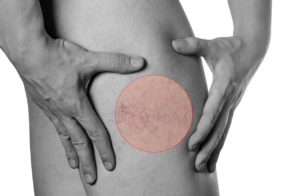
Spider Veins (Telangiectasis)
What are spider veins?
Spider veins are small veins varying in red, purple, and blue vessels that twist and turn. This type of vein is easily visible through the skin and commonly found on the face and legs. Similar to their larger counterparts (varicose), valve failure of these smaller veins cause blood to flow backward to the surface. This process is called reflux –where the veins become larger and visible. Spider veins develop in persons who inherit the condition from their parents. Although Spider Veins can cause discomfort they do not lead to more serious complications associated with varicose veins. If spider veins are exposed to the sun, further collagen tissue damage can occur.
What causes spider veins?
Spider veins are predominantly caused by genetic factors. There is a host of factors that can cause spider veins including:
- Aging
- Obesity
- Sun exposure
- Hormonal changes
- Sedentary lifestyle
How are spider veins diagnosed?
Spider veins are often diagnosed through a physical exam where your doctor will examine your legs and visible veins while you are sitting as well as standing. We do perform some additional exams including:
Ultrasound
With us of high-frequency sound waves, an ultrasound scan obtains live images from the inside of your body. This non-invasive technique can be used to visualize flow through arteries and veins in the areas of interest.
Venography
A venogram test is performed to assess the adequacy and patency of your veins. Your doctor will inject a small amount of contrast while imaging the vessel with xray technology.
